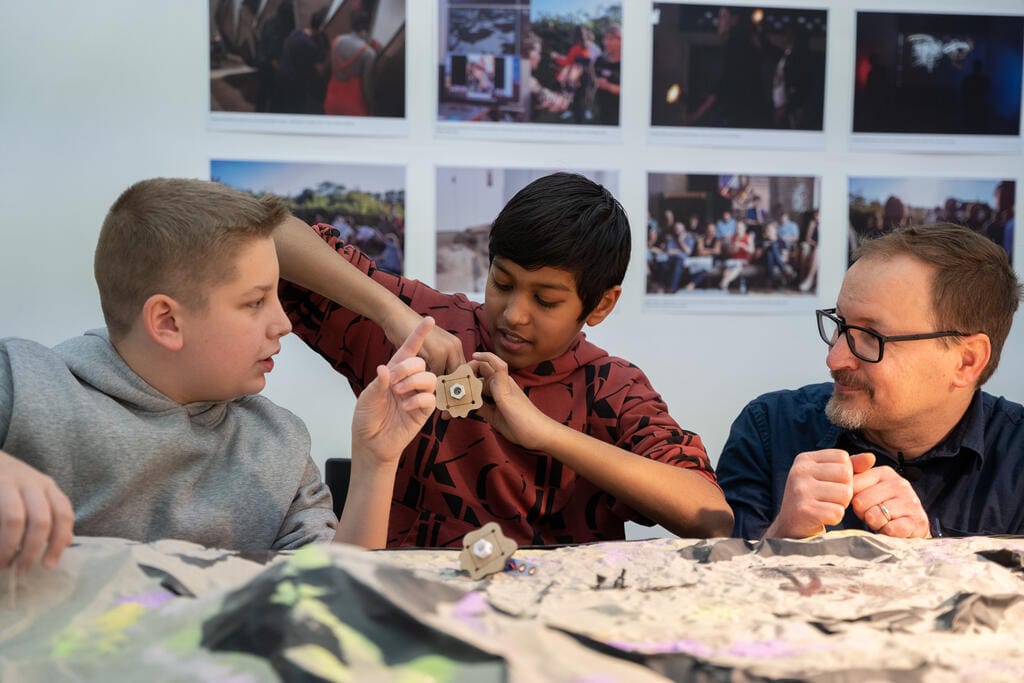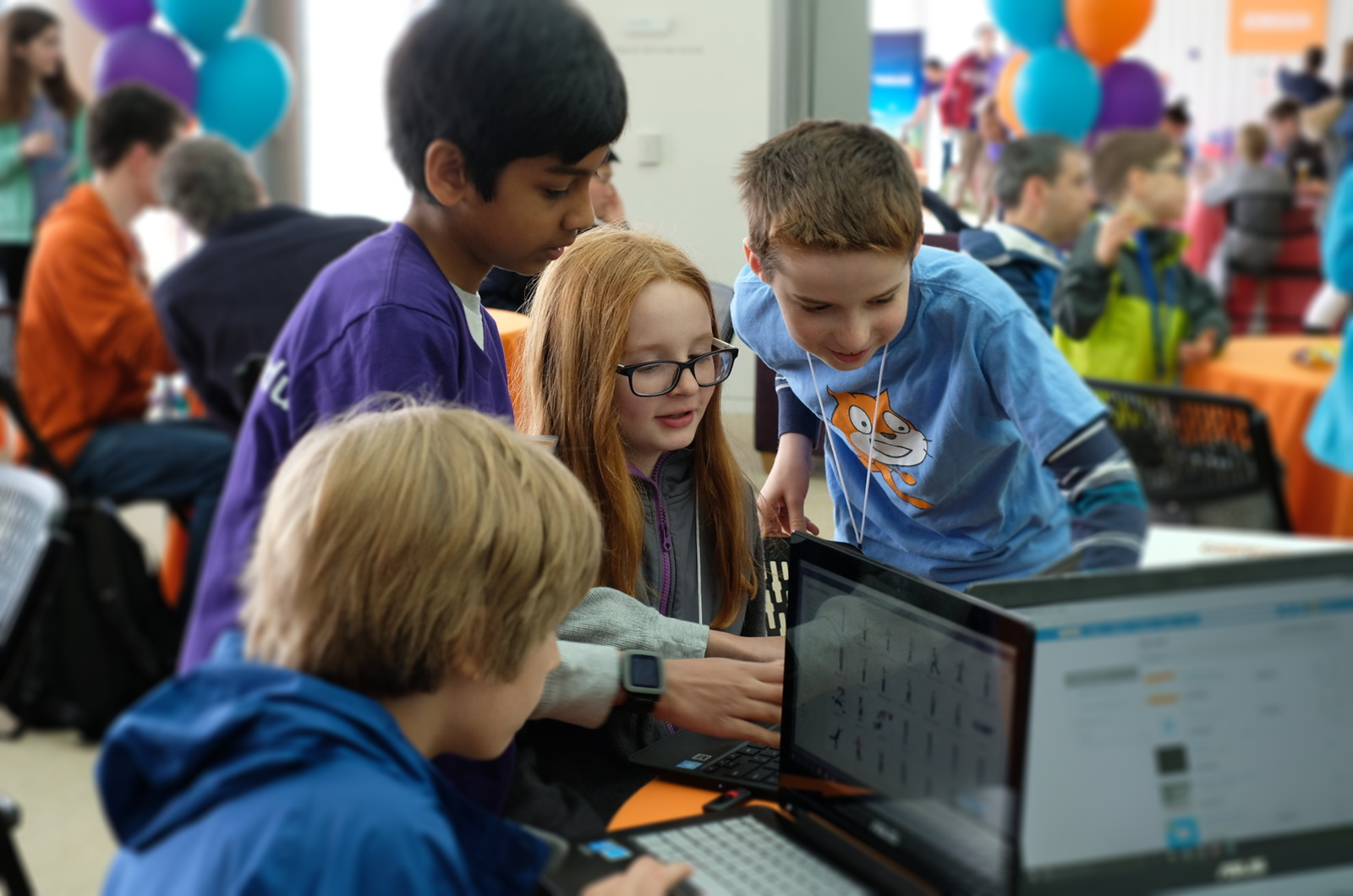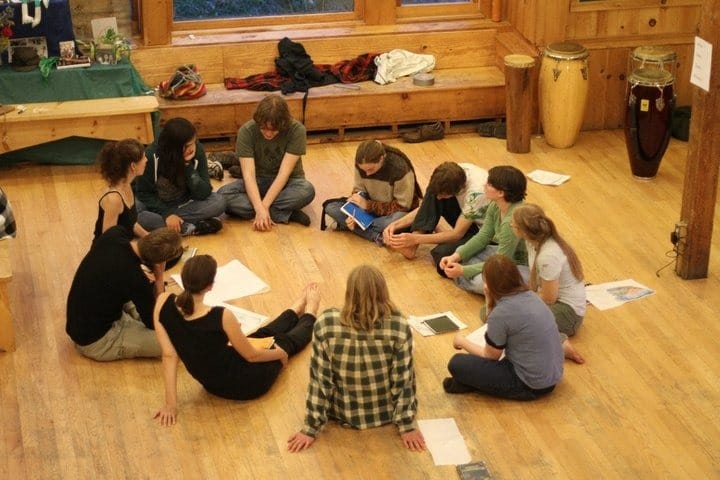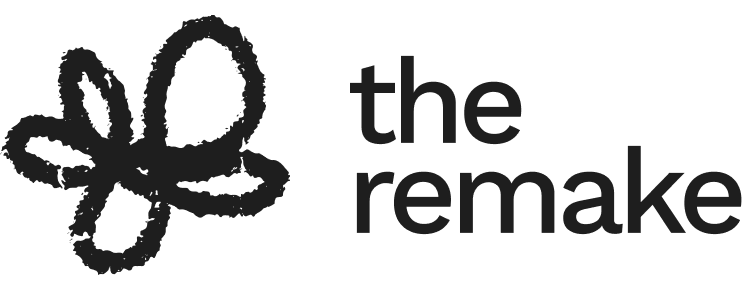On the Affordances of Creative Learning Communities

This is the first in a series of articles about creative learning communities. Future posts will explore their potential for cultivating resilience in the face of rapid climate change.
"Your bow sounds off. Have you checked your brace height lately?"
I practice archery weekly at my local archery club, which I joined about about a year ago. In the beginning numerous things were patiently explained to me by the more experienced archers, but as time went on I no longer had to ask so many questions - or so I thought.
Brace height is the distance between the handgrip of the bow and the string, and is important because it affects when the arrow leaves the string and thus how it flies. I hadn’t checked my brace height since renewing my bowstring a month earlier. After the more experienced archer from the club mentioned that my bow sounded “off,” I checked and saw that my brace height was too low, probably because the new string had stretched out. Once I adjusted it the bow was much quieter, and my shooting improved.
Learning Communities and Just-In-Time Learning
Curricula are essentially checklists of things to learn, made with the best intentions. Brace height is Archery 101 level stuff. I knew what brace height was and that it was something to pay attention to. But it was one of about 30 factors that affect the performance of a bow, all part of the basic curriculum. But a curriculum cannot hear when your bow's brace height is wrong the way that someone in your learning community can. A fellow archer can point out what you didn't know you didn't know, both in context and in the moment when it matters. This can happen even when you aren’t aware that you need to know anything at all.
Learning is often framed as the transfer of abstract information into a mind, and curricula are often designed to fit this way of thinking. But part of learning to do something in the real world is to figure out which of many contextual factors matters, and when. In domains of learning where timely feedback is crucial to understanding something, learning communities can offer a sensitivity and responsiveness that curricula cannot.
Creative Learning Sub-Communities in the Scratch Online Community
From 2009 to 2015 I was part of the Scratch Team at the Lifelong Kindergarten Group at MIT Media Lab, focusing on the online community. Scratch was the first graphical tile based programming language, designed to enable children to program animations, games, and anything else they could imagine. The Scratch website was made to be a place for “Scratchers” of all ages to share and discuss their open-source projects. At the time I joined the Scratch Team there were a few thousand Scratch projects published. Today there are more than a billion shared by over 100 million members of the online community.
A great deal of the creativity and learning we saw and can still see happening in the Scratch community was driven by sub-communities of children interested in making one genre of Scratch project or another. In the early teens there were a great deal of children making projects featuring characters that fit into fictional worlds inspired by the popular Warrior Cats series of children's books. Other Scratchers were interested in building platform games, translating popular YouTube memes into Scratch animations, even making Scratch-based operating systems.

Within each of these sub-communities we could see evidence of the same just-in-time knowledge sharing that I experienced in my archery club, but across many different dimensions of learning.
For example, a Scratcher might upload a project of a video game they made that didn't quite run smoothly. In the comments below the project, another Scratcher would offer a suggestion on how to improve it. Often these suggestions would include a link to another Scratch project whose source code showed how the solution worked. Through comments and links to projects like these, creative learning communities on Scratch would share and develop technical solutions to what were often fairly complex software engineering problems.
For Scratchers whose projects focused more on stories or animations, we would see similar comments showing how to make aesthetic improvements. A Scratcher might point out a strategy for drawing better butterfly wings using the paint editor. Sometimes they'd make tutorial projects to help new community members solve common aesthetic challenges, like best practices for creating smooth character animations. Because all projects uploaded to the Scratch website are shared under an open-source license, any project’s source code and media can be read and re-used for inspiration, or as a practical example of how to solve a problem.
None of these just-in-time learning experiences depended on a curriculum or were planned out in advance. That's not to say the Scratch Team didn't design for them - we did. Everything from the design of the website features, our moderation strategies, even the way the Scratch Team interacted with the community was done with these kinds of friendly and positive social interactions in mind. In my view, these social interventions in support of a healthy learning community played a crucial role in making Scratch into the world's largest coding community for children.
Creative Learning Communities as Drivers of Innovation
Human beings have been building and sustaining learning communities long before Scratch, and probably long before archery. The researcher Eric Von Hippel found evidence that these kinds of informal communities of enthusiasts not only support just in time learning, but also drive innovation and creativity. If you’ve ever wondered who invented the mountain bike, well, no single person did it. It was the product of communities of biking enthusiasts making incremental changes and improvements to strengthen this or that part over time so they could ride deeper into the woods. Eventually, everyone recognized that what had emerged out of this evolutionary process was a new “species” of bicycle: the mountain bike. In his book Where Good Ideas Come From, Steven Johnson argues that this kind of innovation by collective tinkering may be more the norm than the exception.
Having been a part of many learning communities myself - from Not Back to School Camp to the Lifelong Kindergarten Group at MIT Media Lab - I’ve seen first hand how they can not only support learning, but also creativity, psychosocial development, collaboration, even self-expression and aesthetic exploration. Members of a learning community are given an unusual level of freedom and responsibility to explore what’s meaningful and interesting to them. The structure of the community encourages members to share whatever they become enthusiastic about. Successful creative learning communities do this in a way that increases the likelihood of contagious inspiration and the cross-pollination of ideas. Each new insight or innovation lays the foundation for further creative exploration by members of the community.

The creative learning communities I've been a part of depend on their membership's curiosity and initiative, so they take steps to cultivate and protect these qualities. As part of orientation at the week long Not Back to School Camp where I worked as an advisor in the early 2000s, staff gave newly arrived teenagers a choice: “If you were forced to come by your parents, and you don’t want to be here, we will call them and explain why this isn’t ok with us, and arrange for your ticket home.” At the time, I saw this as a radical statement in support of the teenager’s agency and freedom - and it was. But it’s also true that learning communities depend on the agency, curiosity, and initiative of their members. If a teenager was coerced into coming to Not Back to School Camp, then instead of bringing contagious inspiration they’d likely bring contagious hostility and disengagement.
Coercion - even with the best of intentions - seems to disrupt the self-organizing nature of creative learning communities. I suspect this is simply because most people react to coercion with opposition and disengagement. Even when primary and secondary schools are run by skilled and thoughtful educators, as the vast majority are, there are often extrinsic rewards and punishments built into the structure of schooling that can make it difficult for creative learning communities that depend on intrinsic motivation to flourish. This is one reason why I’m interested in working with libraries and librarians as facilitators of creative learning communities. It may be possible to use learning communities in libraries to advocate for more time and resources for interest-driven creative learning communities in schools.
Much of the learning that happens in libraries is already driven by the individual learner’s interests and curiosity. What remains to be seen is how libraries can nurture and develop networked creative learning communities that are also driven by their membership's interests and curiosity. That’s where play can play an important role.
A short-term creative learning community of children at a Playing with the Sun workshop at Dokk1 Library in Aarhus. This video shows a "breakdancing" event they spontaneously created for the hand crank powered creatures they invented.
This is the first in a series of articles about creative learning communities. The next article describes experiments building creative learning communities around open source construction kits.
